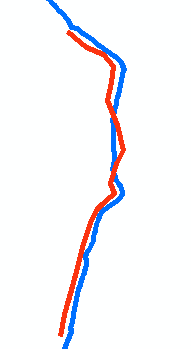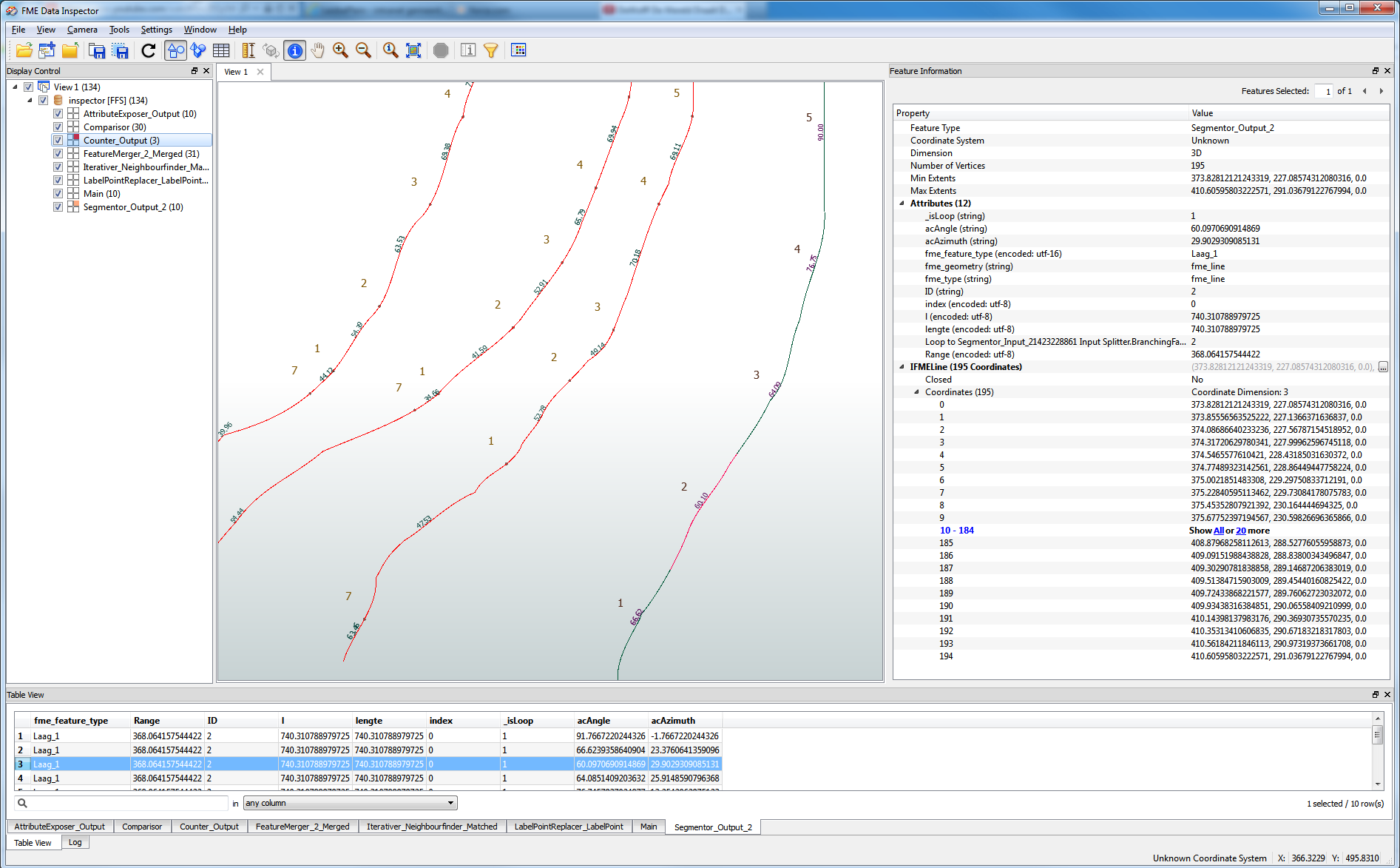Does anyone know of a good way to compare two datasets and find lines that are somewhat parallel?
The lines in question are not perfectly parralel; so more like this example:

I have a notion of using a buffer on one of the lines and seeing whether the other line intersects and if so by how much.
But is there a better (or other) way? Thoughts welcome.
Thanks,
Jonathan











